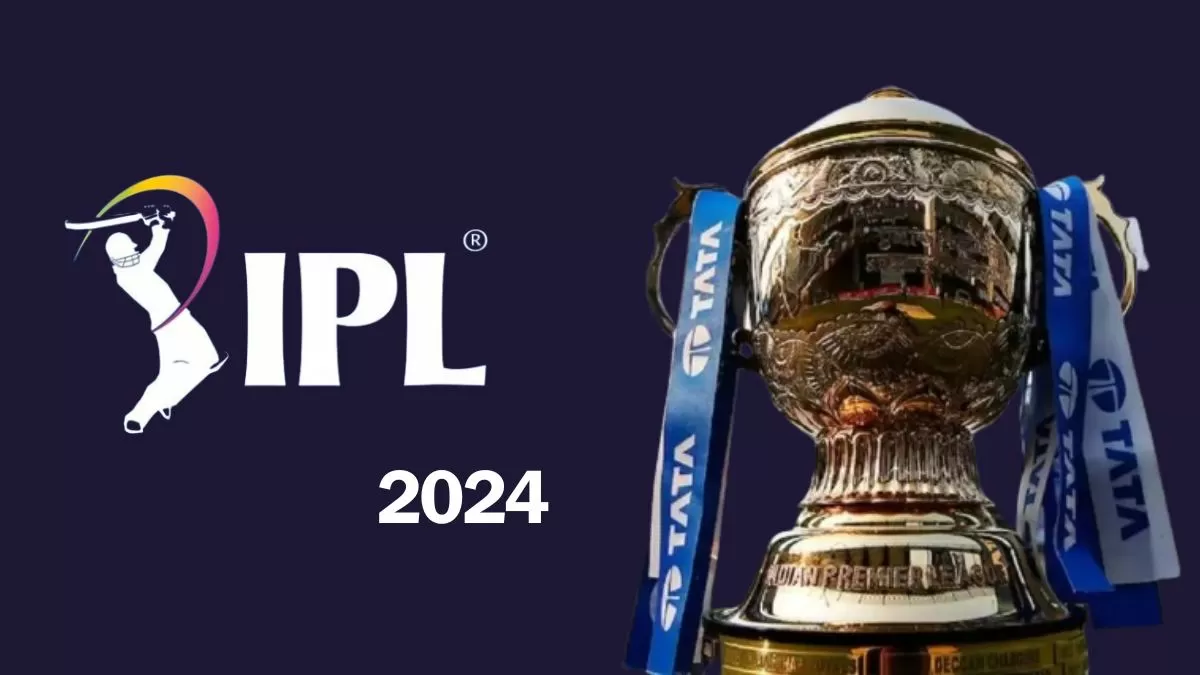After the exciting start to the 2024 Indian Premier League (IPL) on 22 March 2024, we thought it would be timely to discuss the IPL’s technology that makes the experience more enjoyable. The IPL is a huge event worldwide, with a devoted crowd and heftier new coverage. Their reliability is through their technology usage in the most appropriate ways to provide accurate and thorough information. We have compiled a list of their tech and their purpose to give you, the reader, more insight into the thrilling event.
Hawk-Eye Operators – Smart Replay
IPL has developed its technology to its maximum potential over its 16 years of operation. In 2024, they adopted one of the most effective systems – The Smart Replay System by Hawk-Eye cameras. This system directly assists the umpires in making precise decisions. This includes two cameras that assist the TV umpire directly and eight cameras recording footage all around the field. These different angles provide the best quality images to the umpire.
BuggyQam
The Buggy Camera is a high-quality camera system that allows high and low-speed video recordings at a low speed. BuggyQam is more specifically a 5-axis-stabilized camera with smooth movement on the ground. It also eliminates jitter, even at maximum zoom.
Dolby Atmos Sound System
In 2023, Star Sports Network partnered with Dolby to bring the Dolby ATMOS sound system to every fan watching. Considering that not everyone worldwide can attend a physical match at the stadium, they decided to make the IPL more immersive with the Dolby ATMOS (5.1.4). They have optimised the sound to simulate a stadium brought right to your couch.
Snickometer
For accurate conclusions, the Snickometer is a device attached to the wicket that catches sound frequencies made by the bat hitting the ball or a part of the cricketer’s body. This does filter out any other distracting sounds–cheering audiences, wind, or the batsman’s foot movement, stuff that is unnecessary to a point scored in cricket. It shows a slow-motion, play-by-play replay that then goes through an oscilloscope (electronic test equipment) to display any spikes in frequency. This spike would only be a result of the bat hitting the ball.
Spidercam
Spidercam is a cable-suspended camera system that moves both horizontally and vertically. The camera operates with four motorised winches over the area and is positioned on each corner. It is also commonly known as the Flying Fox camera.
Speed Gun
The speed of the ball is calculated with the Speed Gun. The Speed Gun is essentially a radar gun that works on the principle of the Doppler Effect, also known as the Doppler Shift. The Doppler Effect, in simple words, is a change in frequency relative to the source of a wave and its observer. The Speed Gun is propped near the sight screen on a high pillar. Radio waves are transmitted to any moving object but mostly to the ball to calculate its speed.
360° Cameras
Ever wonder how you get every angle of a run, even an amazing cover drive by Virat Kohli? 360° Cameras make those difficult to spot possible. This expensive but useful camera setup is made up of 100 cameras all over the stadium. So, while it costs a fortune and more, it is worth the spectacle.
Hot Spot Technology
Now here’s a more controversial product. While Hot Spot Technology is efficient and trustworthy, there have been alleged loopholes that players adopt to go undetected. The way Hot Spot works is it identifies heat signals produced by a hit and determines if the player is out. However, some players can apply Vaseline or tape so that it wouldn’t spot anything. Thus, while it was trustworthy in the past and used less, the latest technology like Snickometer and Hawk-Eye Operators are infinitely reliable.
Real-Time Analytics
Data analytics has caught the attention of cricket enthusiasts all over the world. The coaches and captains use data-driven analytics to make decisions on the cricket pitch as well as judgements of who to match up. The real-time statistics keep the audience and at-home viewers informed. This allows enthusiasts to take a deep dive into the strategic side of cricket.
LED Stumps and Bails
Across the more than 1 acre field, matches are almost always too close. Stumpings and dislodged bails are close calls that can make or break a game. LED stumps and bails light up when they break and come off their groves, making the judgement easier. It’s also a delight for enthusiasts to see them light up.
